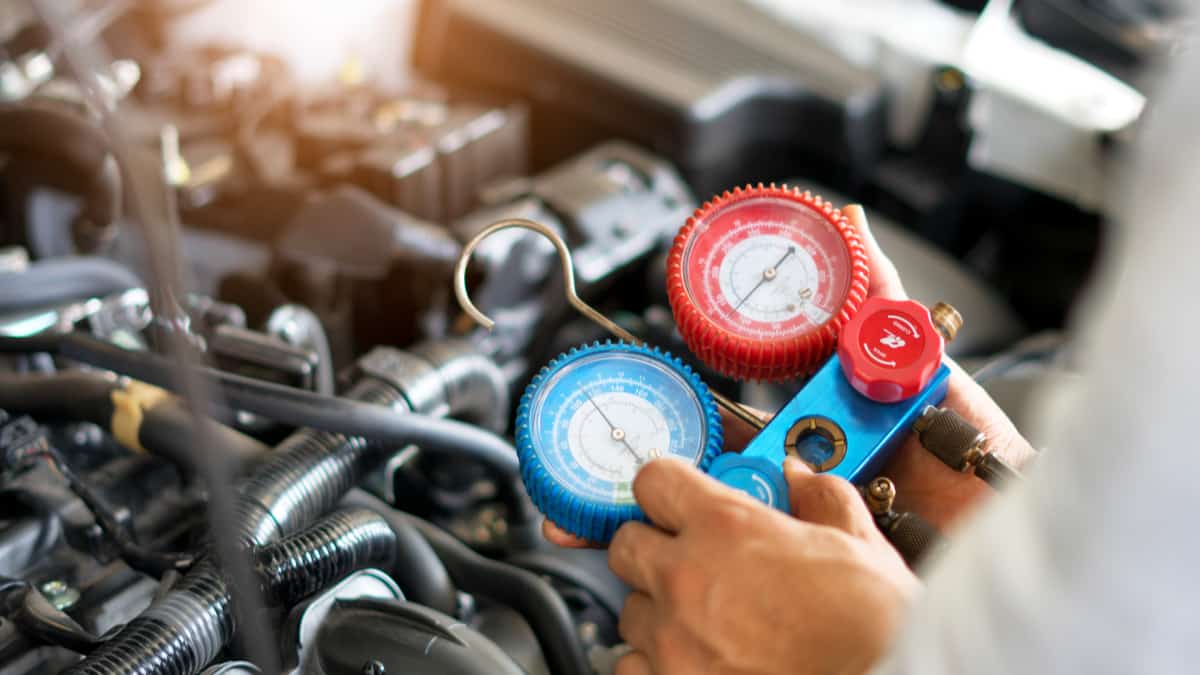

Articles
What Causes Low Side AC Pressure Too High
Modified: March 25, 2024
Learn about the causes of high low side AC pressure and how to fix it. Explore insightful articles on troubleshooting and resolving AC pressure issues.
(Many of the links in this article redirect to a specific reviewed product. Your purchase of these products through affiliate links helps to generate commission for Storables.com, at no extra cost. Learn more)
Introduction
When it comes to keeping our vehicles cool during hot summer days, the AC system plays a crucial role. It circulates refrigerant to absorb heat from the cabin and releases it outside, providing us with a comfortable driving experience. However, sometimes AC systems can encounter issues, such as low side AC pressure being too high.
Understanding AC pressure is essential in diagnosing and resolving this problem. The AC system operates under specific pressure ranges on both the high side and the low side. The low side pressure should typically be lower than the high side pressure. When the low side pressure becomes too high, it can indicate underlying problems in the system’s components.
In this article, we will explore the common causes of low side AC pressure being too high. By understanding these causes, you’ll be better equipped to identify and resolve AC system issues, ensuring optimal performance and comfort.
Key Takeaways:
- Understanding the common causes of high low side AC pressure, such as restricted expansion valves and faulty compressors, is crucial for diagnosing and resolving AC system issues effectively. Prompt attention and regular maintenance are essential for optimal performance.
- Maintaining a properly functioning AC system involves addressing issues such as overcharged refrigerant and improper fan operation. Regular inspections, prompt repairs, and following manufacturer’s guidelines are key to preventing high low side pressure and ensuring comfortable rides.
Understanding AC Pressure
Before diving into the causes of low side AC pressure being too high, it’s important to have a basic understanding of how AC pressure works. The AC system operates using refrigerant, a substance that circulates through various components to absorb and release heat.
The AC system consists of two main sides: the high side and the low side. The high side is responsible for compressing the refrigerant and raising its pressure, while the low side is responsible for expanding the refrigerant and lowering its pressure.
AC pressure is measured in pounds per square inch (PSI). On the high side, the pressure can typically range from 150 to 300 PSI, depending on the ambient temperature. On the low side, the pressure can range from 25 to 75 PSI.
When the AC system is operating correctly, there should be a noticeable difference in pressure between the high side and the low side. This pressure difference allows the refrigerant to flow through the system, absorbing heat from the cabin and releasing it outside.
If the low side AC pressure becomes too high, it indicates that the refrigerant is not properly expanding and absorbing heat. This can be caused by various factors, which we will explore in the following sections.
Common Causes of Low Side AC Pressure Too High
When the low side AC pressure is too high, several potential causes may be to blame. Here are some of the most common culprits:
- Restricted or Clogged Expansion Valve: The expansion valve regulates the flow of refrigerant into the evaporator coil. If it becomes restricted or clogged, it can cause the low side pressure to rise. This can occur due to debris, dirt, or system contaminants blocking the valve.
- Faulty Compressor: The compressor is responsible for compressing the refrigerant and maintaining proper pressure throughout the system. If the compressor is faulty or not functioning properly, it can lead to high low side pressure. This can be caused by issues such as a worn-out compressor, faulty clutch, or electrical problems.
- Blockage in the System: Blockages in the AC system can impede the flow of refrigerant, causing pressure buildup. This can happen due to debris, dirt, or contaminants clogging the refrigerant lines, condenser, or evaporator coil.
- Overcharged Refrigerant: Adding too much refrigerant to the system can cause excessive pressure on the low side. This can occur if the AC system is overcharged during servicing or due to leaks that allow increased refrigerant to enter the system.
- Malfunctioning Condenser: The condenser plays a crucial role in releasing heat from the refrigerant to the outside air. If the condenser is not functioning properly, it can lead to inadequate heat dissipation and high low side pressure. This can be caused by issues such as blockage, damage to the fins, or a malfunctioning fan.
- Faulty Pressure Switch: The pressure switch is responsible for monitoring the pressure levels in the AC system. If the pressure switch is faulty or out of calibration, it can result in incorrect readings and cause the low side pressure to be too high.
- Issues with the Evaporator Coil: The evaporator coil is where the refrigerant absorbs heat from the cabin. If the evaporator coil is dirty, damaged, or freezing up, it can disrupt the heat absorption process and lead to high low side pressure.
- Contaminants in the System: Contaminants, such as moisture, debris, or air, can enter the AC system and interfere with refrigerant flow. This can disrupt the pressure balance and contribute to high low side pressure.
- Improper Fan Operation: The cooling fan helps dissipate heat from the condenser. If the fan is not operating correctly or is malfunctioning, it can hinder heat dissipation and cause the low side pressure to rise.
Identifying the specific cause of high low side AC pressure requires a thorough inspection and diagnostic process. It is recommended to consult a qualified technician who can assess and address the issue to restore the proper functionality of the AC system.
Restricted or Clogged Expansion Valve
The expansion valve is a vital component in the AC system. Its main function is to regulate the flow of refrigerant into the evaporator coil, where it absorbs heat from the cabin. However, if the expansion valve becomes restricted or clogged, it can lead to high low side AC pressure.
There are several reasons why the expansion valve may become restricted or clogged:
- Debris and Dirt: Over time, debris and dirt can accumulate in the AC system, including the expansion valve. This debris can restrict the flow of refrigerant through the valve, causing pressure to build up on the low side.
- System Contaminants: In some cases, contaminants such as moisture, air, or acids can enter the AC system. These contaminants can react with the refrigerant and form solid deposits, which can clog the expansion valve and impede refrigerant flow.
- System Contamination: If the AC system experiences a compressor failure or a major refrigerant leak, it can introduce contaminants into the system. These contaminants can settle in the expansion valve and obstruct the passage of refrigerant.
When the expansion valve is restricted or clogged, it affects the flow rate of refrigerant into the evaporator. This leads to inadequate heat absorption from the cabin and causes the low side pressure to rise. As a result, the proper cooling efficiency of the AC system diminishes, and the passenger may experience reduced cooling performance.
To address a restricted or clogged expansion valve, a thorough system inspection is necessary. A qualified technician will perform tests to diagnose the issue and determine the best course of action. In some cases, cleaning the expansion valve may be sufficient to restore proper functionality. However, if the valve is severely clogged or damaged, it may need to be replaced.
Regular maintenance and servicing of the AC system can help prevent issues with the expansion valve. It is recommended to follow the manufacturer’s guidelines for maintenance intervals and have the system inspected by a professional technician regularly. By ensuring the expansion valve is clean and functioning correctly, you can maintain optimal AC performance and avoid high low side pressure problems.
Faulty Compressor
The compressor is a critical component of the AC system responsible for compressing the refrigerant and maintaining the proper pressure levels. When the compressor is faulty or not functioning correctly, it can lead to high low side AC pressure.
There are several reasons why a compressor may become faulty:
- Wear and Tear: Over time, the internal components of the compressor can wear down due to continuous use. This can lead to issues such as worn-out pistons, valves, or seals, causing the compressor to operate inefficiently or not compress the refrigerant properly.
- Electrical Problems: Faulty electrical components, such as a malfunctioning clutch or relay, can prevent the compressor from engaging or disengaging correctly. This can disrupt the compressor’s operation and result in high low side AC pressure.
- Compressor Damage: External factors such as debris, rocks, or road hazards can damage the compressor, leading to issues with its performance. If the internal components of the compressor are damaged, it may not be able to compress the refrigerant effectively and maintain the proper pressure levels.
When the compressor is faulty, it affects the overall efficiency of the AC system. A malfunctioning compressor may not be able to compress the refrigerant adequately, leading to high low side pressure. As a result, the system may struggle to cool the cabin effectively, and the vehicle occupants may experience reduced cooling performance.
Diagnosing a faulty compressor requires a comprehensive inspection of the AC system. A qualified technician will assess the compressor’s functionality, check for any electrical issues, and examine for any signs of damage or wear. In some cases, repairs such as replacing faulty components or seals may be sufficient to restore the compressor’s performance. However, if the compressor is severely damaged, it may need to be replaced entirely.
To avoid problems with the compressor, regular maintenance of the AC system is crucial. This includes checking the compressor’s condition, inspecting electrical connections, and ensuring proper refrigerant levels. Following the manufacturer’s maintenance guidelines and addressing any issues promptly can help prevent compressor failure and maintain optimal AC performance.
Read more: AC Low Pressure Drops To Zero When Running
Blockage in the System
Blockages in the AC system can disrupt the flow of refrigerant, leading to high low side AC pressure. These blockages can occur in various components of the system, including refrigerant lines, the condenser, or the evaporator coil.
There are several reasons why blockages can occur:
- Debris and Contaminants: Over time, debris, dirt, and other contaminants can accumulate in the AC system. This can happen due to factors such as improper maintenance, poor air filtration, or external factors like leaves or road debris. These particles can obstruct the flow of refrigerant, causing pressure to build up on the low side.
- Moisture and Refrigerant Reaction: Moisture is a common enemy of the AC system, as it can lead to the formation of acids and solid deposits. When moisture reacts with the refrigerant, it can create solid contaminants that can clog the system components, impeding refrigerant flow and resulting in high low side pressure.
- Refrigerant Leaks: If the AC system has a refrigerant leak, the released refrigerant can create ice or solid deposits in the system. These ice formations can block the refrigerant flow and cause pressure to rise on the low side.
When there is a blockage in the system, the refrigerant cannot flow properly, impairing the cooling process. As a result, the low side pressure increases, leading to decreased cooling performance and potentially causing damage to other components of the AC system.
Diagnosing and resolving blockages require a thorough inspection of the AC system. A qualified technician will examine each component and look for signs of blockages, such as debris or ice formations. Depending on the severity and location of the blockage, various steps may be taken to address the issue. These steps may include cleaning the components, clearing the blockage, or repairing/replacing affected parts.
Regular maintenance and servicing of the AC system can help prevent blockages. By keeping the system clean, changing filters regularly, and addressing any refrigerant leaks promptly, you can minimize the risk of blockages and maintain optimal AC performance.
Overcharged Refrigerant
Having the correct amount of refrigerant in the AC system is crucial for its proper operation. However, when the system contains an excessive amount of refrigerant, it can lead to high low side AC pressure. This condition is known as overcharged refrigerant.
Overcharged refrigerant can occur due to various reasons:
- Incorrect Service: During routine maintenance or servicing, if the technician adds too much refrigerant to the system, it can cause overcharging. This can happen due to inaccurate measurements or failure to account for factors such as ambient temperature or system requirements.
- Refrigerant Leaks: If the AC system has a refrigerant leak, it can gradually lose refrigerant over time. In an attempt to compensate for the loss, adding more refrigerant without fixing the cause of the leak can lead to overcharging the system.
When the AC system is overcharged, the excess refrigerant starts to occupy the space that should be occupied by vapor. This results in a decrease in the available vapor space, causing an increase in pressure on the low side. The high low side pressure can lead to inefficient cooling, reduced system performance, and potential damage to AC system components.
Diagnosing overcharged refrigerant requires a proper inspection and evaluation of the AC system. A qualified technician will measure the refrigerant levels, check for any signs of leaks, and assess the system’s performance. If overcharged refrigerant is the identified issue, the technician will need to remove the excess refrigerant from the system, ensuring it is brought back to the recommended levels.
Preventing overcharged refrigerant requires diligent maintenance practices. It is essential to have the AC system serviced by a qualified technician who follows proper procedures and guidelines. In addition, addressing any refrigerant leaks promptly and ensuring accurate measurement and charging practices can help prevent overcharged refrigerant and maintain optimal AC performance.
Check for a clogged orifice tube or expansion valve, as this can cause the low side AC pressure to be too high. Also, make sure the condenser is not blocked and the cooling fans are functioning properly.
Malfunctioning Condenser
The condenser is a vital component of the AC system responsible for releasing heat from the refrigerant to the outside air. When the condenser is not functioning properly, it can lead to high low side AC pressure.
There are several reasons why a condenser may malfunction:
- Blockage: Over time, the condenser can accumulate dirt, debris, or other contaminants, which can block the airflow and hinder heat dissipation. This blockage prevents the efficient transfer of heat from the refrigerant, leading to high low side pressure.
- Fins Damage: The condenser has fins that enhance heat exchange. If the fins are bent, damaged, or clogged, it can impede airflow and reduce heat dissipation. This compromised heat exchange can result in elevated low side pressure.
- Fan Issues: The cooling fan located in front of the condenser helps draw air through the fins and assist in heat dissipation. If the fan is not functioning correctly or not operating at the proper speed, it can reduce airflow and impact the condenser’s performance, causing high low side pressure.
- Refrigerant Overheating: In some cases, the condenser may not be able to effectively cool the refrigerant, causing it to overheat. This can occur due to issues such as a restricted or damaged refrigerant line, inadequate airflow, or insufficient refrigerant flow through the condenser.
When the condenser malfunctions, it hampers the heat dissipation process, leading to inadequate cooling efficiency and high low side pressure. This can result in reduced cooling performance, prolonged cooling cycles, and potential damage to other components of the AC system.
To address a malfunctioning condenser, a thorough inspection is necessary. A qualified technician will examine the condenser for any blockages, damage to the fins, or issues with the fan. Depending on the findings, the necessary repairs or replacements will be undertaken to restore proper condenser functionality and reduce low side pressure.
Preventing condenser malfunctions involves regular maintenance and care. It’s important to keep the condenser clean and free of debris, ensure proper airflow by checking the fan’s operation, and address any refrigerant leaks promptly. By maintaining a well-functioning condenser, you can help maintain optimal AC performance and prevent high low side pressure issues.
Faulty Pressure Switch
The pressure switch is an integral part of the AC system that monitors the pressure levels within the system. It is responsible for ensuring the system operates within the intended pressure range. When the pressure switch malfunctions, it can lead to high low side AC pressure.
There are a few reasons why a pressure switch may become faulty:
- Electrical Issues: Over time, the electrical components of the pressure switch can wear out or develop faults. This can be due to factors such as corrosion, faulty wiring, or a malfunctioning switch mechanism. These electrical issues can disrupt the switch’s ability to accurately monitor pressure levels, resulting in incorrect readings and high low side pressure.
- Improper Calibration: Pressure switches need to be correctly calibrated to ensure accurate pressure monitoring. If a pressure switch is not calibrated properly during installation or servicing, it may provide inaccurate readings, leading to incorrect pressure control and high low side pressure.
When the pressure switch is faulty, it can cause the AC system to operate outside of the intended pressure range. This can result in high low side pressure, affecting the system’s overall performance and cooling efficiency. The elevated pressure can also put stress on other components of the AC system, potentially leading to further damage.
Diagnosing a faulty pressure switch requires a thorough inspection of the AC system. A qualified technician will examine the switch’s electrical connections, check for any signs of damage or wear, and test its functionality. If a faulty pressure switch is identified, it will need to be replaced or repaired to ensure accurate pressure monitoring and control.
To prevent issues with the pressure switch, regular maintenance is essential. This includes inspecting the switch during routine servicing and ensuring proper calibration. By maintaining a well-functioning pressure switch, you can help prevent high low side pressure and maintain optimal AC system performance.
Read more: What Does High Head Pressure Mean In HVAC
Issues with the Evaporator Coil
The evaporator coil is a key component of the AC system that plays a crucial role in cooling the air inside the vehicle. When issues arise with the evaporator coil, it can result in high low side AC pressure.
There are several reasons why issues can occur with the evaporator coil:
- Dirty Evaporator Coil: Over time, the evaporator coil can accumulate dust, dirt, and other debris. This build-up acts as an insulator, obstructing the heat absorption process and impairing the coil’s efficiency. As a result, the refrigerant may not absorb enough heat, causing the low side pressure to rise.
- Freezing of the Evaporator Coil: In some cases, the evaporator coil may freeze due to a variety of reasons, including low refrigerant levels, insufficient airflow, or a malfunctioning blower fan. When the coil freezes, it restricts the heat absorption process, leading to high low side pressure.
- Damaged or Leaking Evaporator Coil: Physical damage to the evaporator coil, such as corrosion, cracks, or leaks, can impact its performance. Damaged coil fins or refrigerant leaks can disrupt the heat transfer process, resulting in high low side pressure and reduced cooling efficiency.
- Erosion of Coil Coating: The evaporator coil is typically coated with a protective layer to prevent corrosion and damage. However, over time, the coating may erode due to factors like moisture, chemicals, or wear and tear. When the coil coating erodes, it can lead to coil degradation and ineffective heat absorption, causing high low side pressure.
When issues arise with the evaporator coil, the cooling efficiency of the AC system is affected. The inadequate heat absorption can lead to high low side pressure, reduced cooling performance, and potentially damage other components of the AC system.
Diagnosing and resolving evaporator coil issues require a thorough inspection by a qualified technician. They will assess the coil’s cleanliness, check for signs of freezing or damage, and conduct leak detection tests if necessary. Depending on the specific issue, various steps may be taken, such as cleaning the coil, repairing leaks, or replacing a damaged coil.
Maintaining the evaporator coil’s performance involves regular maintenance practices. This includes regular cleaning, checking for proper airflow, and addressing any refrigerant leaks promptly. By keeping the evaporator coil in good condition, you can help prevent high low side pressure and ensure optimal AC system performance.
Contaminants in the System
The presence of contaminants in the AC system can disrupt its operation and lead to high low side AC pressure. Contaminants such as moisture, air, debris, or even other chemicals can find their way into the system and cause various issues.
Here are some common scenarios where contaminants can impact the AC system:
- Moisture Contamination: Moisture is one of the most problematic contaminants in an AC system. If moisture enters the system, it can react with the refrigerant and form acids, leading to corrosion and damage to system components. This can result in clogged or restricted refrigerant passages, impeding the flow of refrigerant and increasing low side pressure.
- Air Contamination: Air can enter the AC system through leaks or improper servicing practices. The presence of air disrupts the normal operation of the system and can lead to high low side pressure. Air can also introduce moisture into the system, exacerbating the problem.
- Debris and Dirt: Over time, dirt, dust, and other debris can accumulate in the AC system. This can happen due to improper maintenance, poor air filtration, or external factors like leaves or road debris. These particles can obstruct the flow of refrigerant and airflow, causing pressure to build up on the low side.
- Chemical Contamination: The AC system contains various chemicals and lubricants to ensure proper operation. If incompatible or improper chemicals are introduced into the system, they can react with the refrigerant or other components, leading to contamination and potential blockages that cause high low side pressure.
When contaminants get into the AC system, they can disrupt the proper operation of various components, resulting in elevated low side pressure. This can lead to reduced cooling performance, inefficient operation, and potential damage to the AC system itself.
Diagnosing and addressing contaminants in the system require a thorough inspection and cleaning process. A qualified technician will examine the system components, check for signs of contamination, and perform necessary cleaning procedures to eliminate the contaminants. Additionally, they will address any underlying issues such as refrigerant leaks or faulty seals that may have allowed contaminants to enter the system in the first place.
To prevent contamination, regular maintenance practices are crucial. This includes replacing filters, addressing refrigerant leaks promptly, and following proper servicing procedures. By keeping the AC system clean and free of contaminants, you can help maintain optimal performance and prevent high low side pressure issues.
Improper Fan Operation
The cooling fan in the AC system plays a crucial role in maintaining proper airflow and heat dissipation. When the fan does not operate correctly, it can lead to high low side AC pressure.
There are several reasons why the fan may not operate properly:
- Electrical Issues: Faulty wiring, a malfunctioning fan motor, or a defective fan relay can prevent the fan from operating or running at the proper speed. This can reduce airflow through the condenser and hinder heat dissipation, causing high pressure on the low side.
- Blade Damage or Debris: The fan blades can get damaged, bent, or obstructed by debris, hindering their ability to move air effectively. This results in reduced airflow, compromised heat dissipation, and increased low side pressure.
- Malfunctioning Fan Control Module: The fan control module regulates the operation and speed of the cooling fan. If the module is faulty or experiences electrical issues, it may not send the proper signals to the fan, resulting in suboptimal fan operation and impaired heat dissipation.
- Inadequate Power Supply: In some cases, the cooling fan may not receive enough power from the electrical system, leading to inadequate motor speed and reduced airflow. This can result in insufficient heat dissipation and elevated low side pressure.
When the fan does not operate properly, it negatively impacts the AC system’s cooling performance. Insufficient airflow and heat dissipation can lead to high low side pressure, decreased cooling effectiveness, prolonged cooling cycles, and potential damage to other AC system components.
Diagnosing and resolving improper fan operation requires a comprehensive inspection of the AC system. A qualified technician will assess the electrical components, check for any damage to the fan blades, and measure the fan’s speed and power supply. If a faulty fan or related component is identified, appropriate repairs or replacements will be undertaken to restore proper fan operation and improve heat dissipation.
Regular maintenance practices are essential to prevent issues with fan operation. This includes regular inspection of the fan, cleaning debris from the blades, and ensuring proper electrical connections. By maintaining a properly functioning cooling fan, you can help prevent high low side pressure and optimize the AC system’s performance.
Conclusion
When the low side AC pressure is too high, it indicates an underlying problem in the AC system that requires attention. Understanding the common causes of high low side pressure is essential in diagnosing and resolving these issues effectively.
In this article, we explored several common causes of high low side AC pressure, including restricted or clogged expansion valves, faulty compressors, blockages in the system, overcharged refrigerant, malfunctioning condensers, faulty pressure switches, issues with the evaporator coil, contaminants in the system, and improper fan operation.
It is important to address these issues promptly to ensure proper AC system performance, enhanced cooling efficiency, and the longevity of the AC components. Diagnosing and resolving these issues often require the expertise of a qualified technician who can perform thorough inspections, identify the root cause, and undertake the necessary repairs or replacements.
To prevent high low side AC pressure and maintain optimal AC system performance, regular maintenance is crucial. This includes cleaning and inspecting components, addressing refrigerant leaks promptly, ensuring proper fan operation, and keeping the system free from contaminants. Following manufacturer’s guidelines and having the AC system regularly serviced can help prevent issues and ensure smooth and efficient operation.
By understanding the causes of high low side AC pressure and taking proactive measures to maintain and service the AC system, you can enjoy cool and comfortable rides, even on the hottest summer days.
Frequently Asked Questions about What Causes Low Side AC Pressure Too High
Was this page helpful?
At Storables.com, we guarantee accurate and reliable information. Our content, validated by Expert Board Contributors, is crafted following stringent Editorial Policies. We're committed to providing you with well-researched, expert-backed insights for all your informational needs.
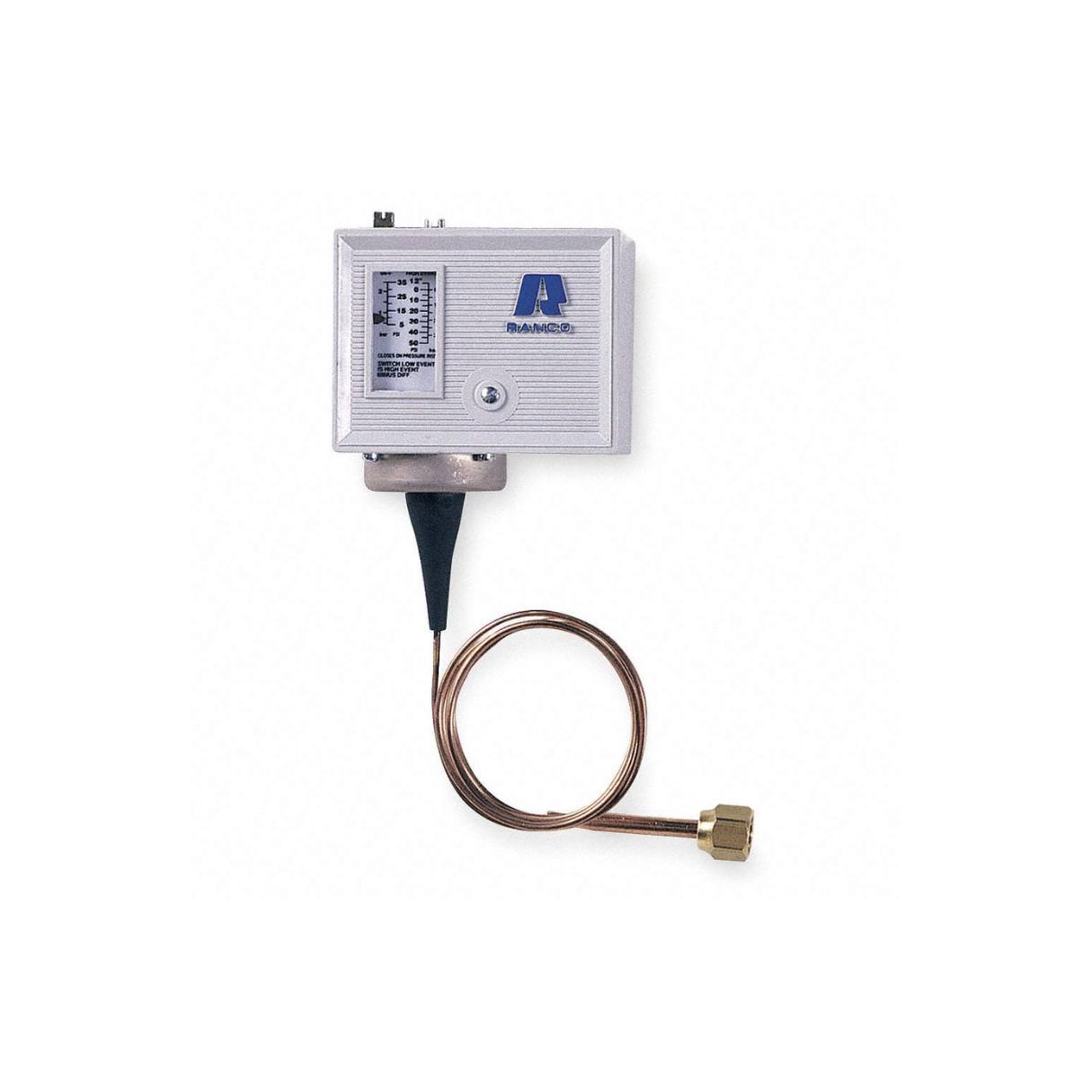


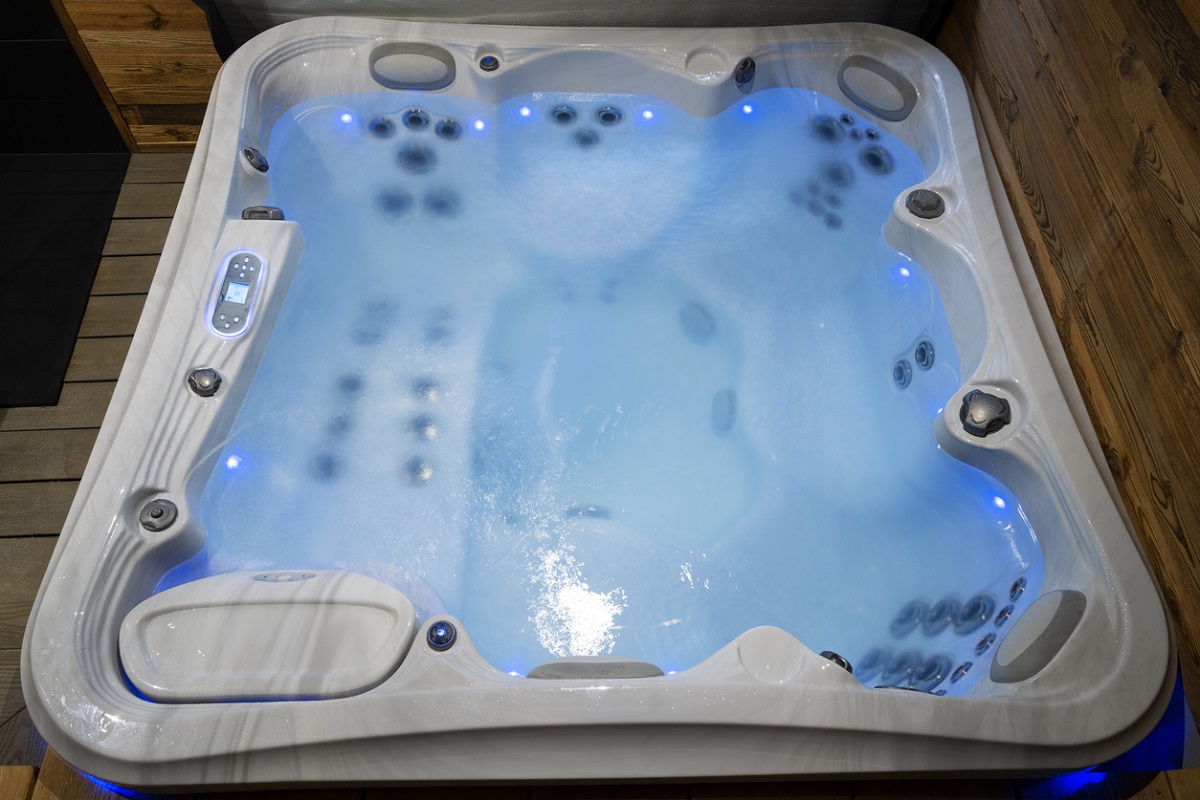
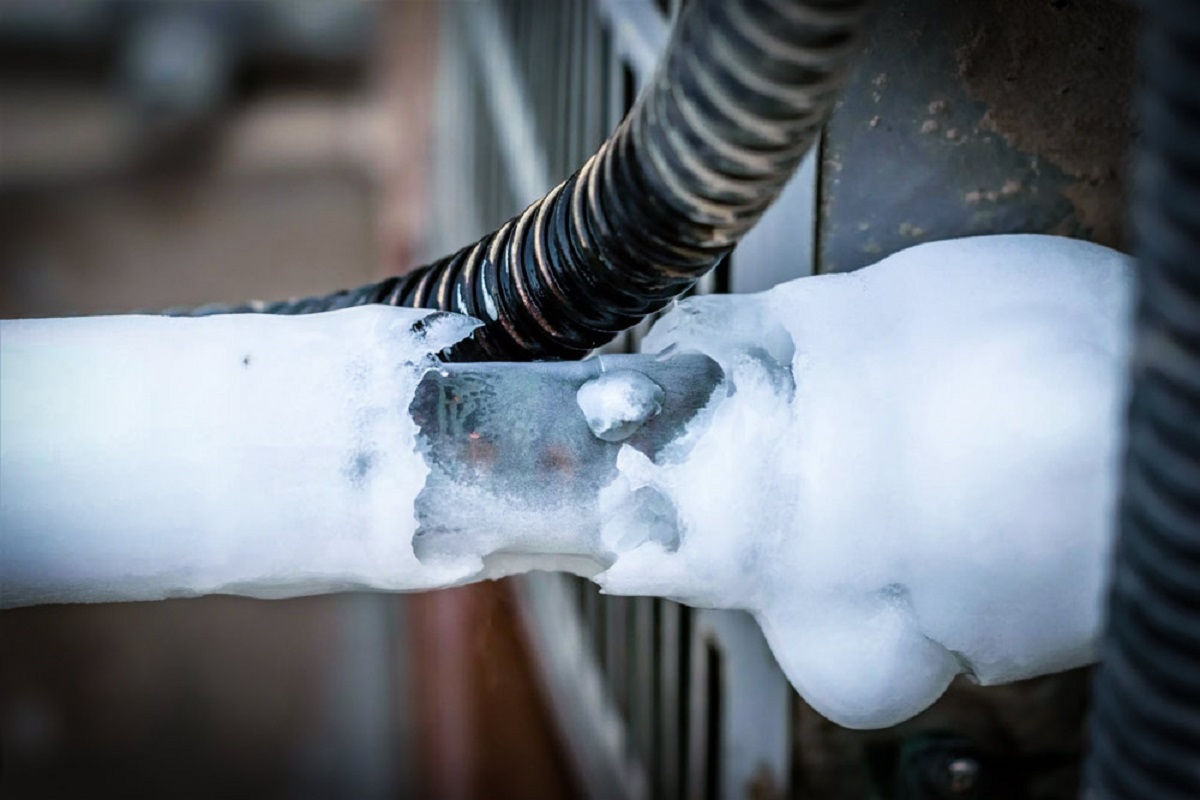

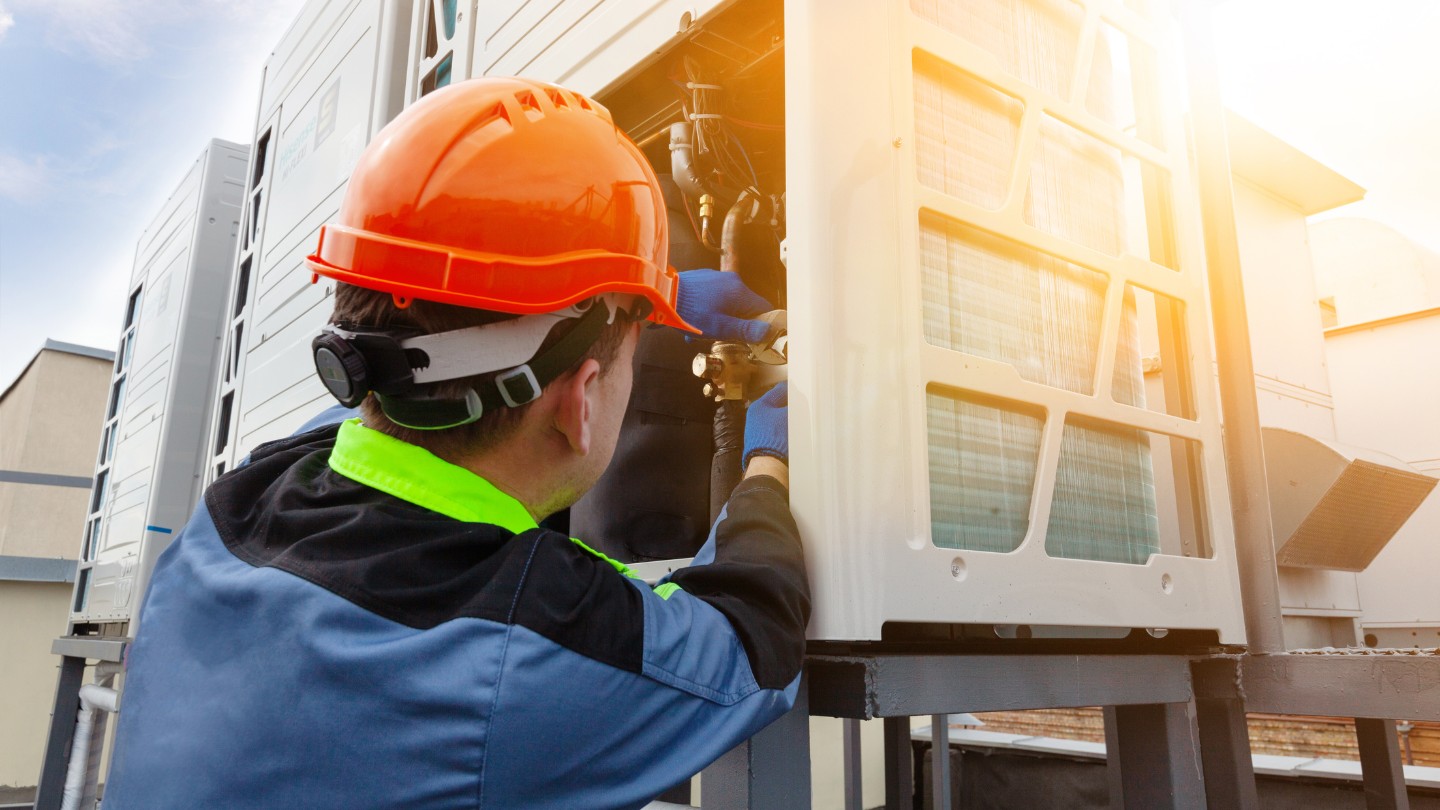
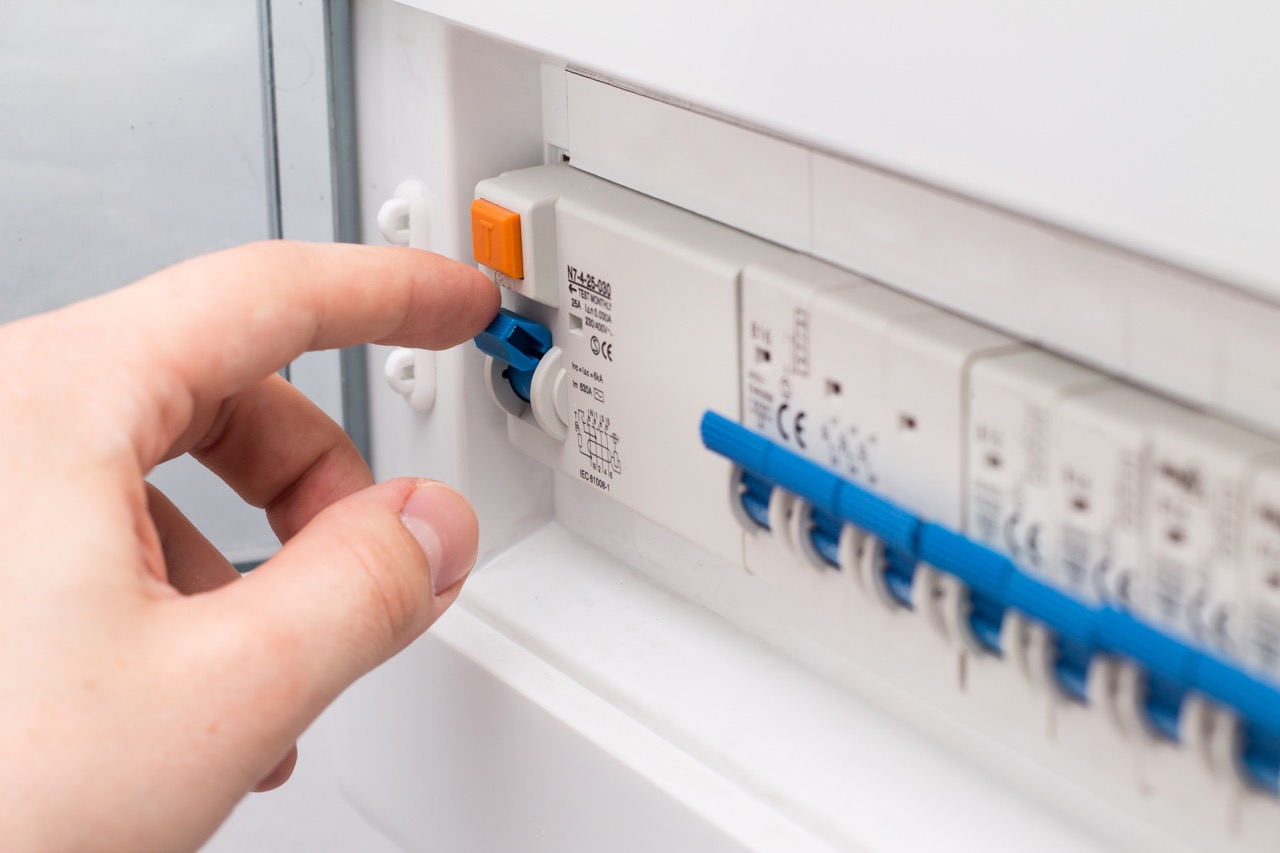
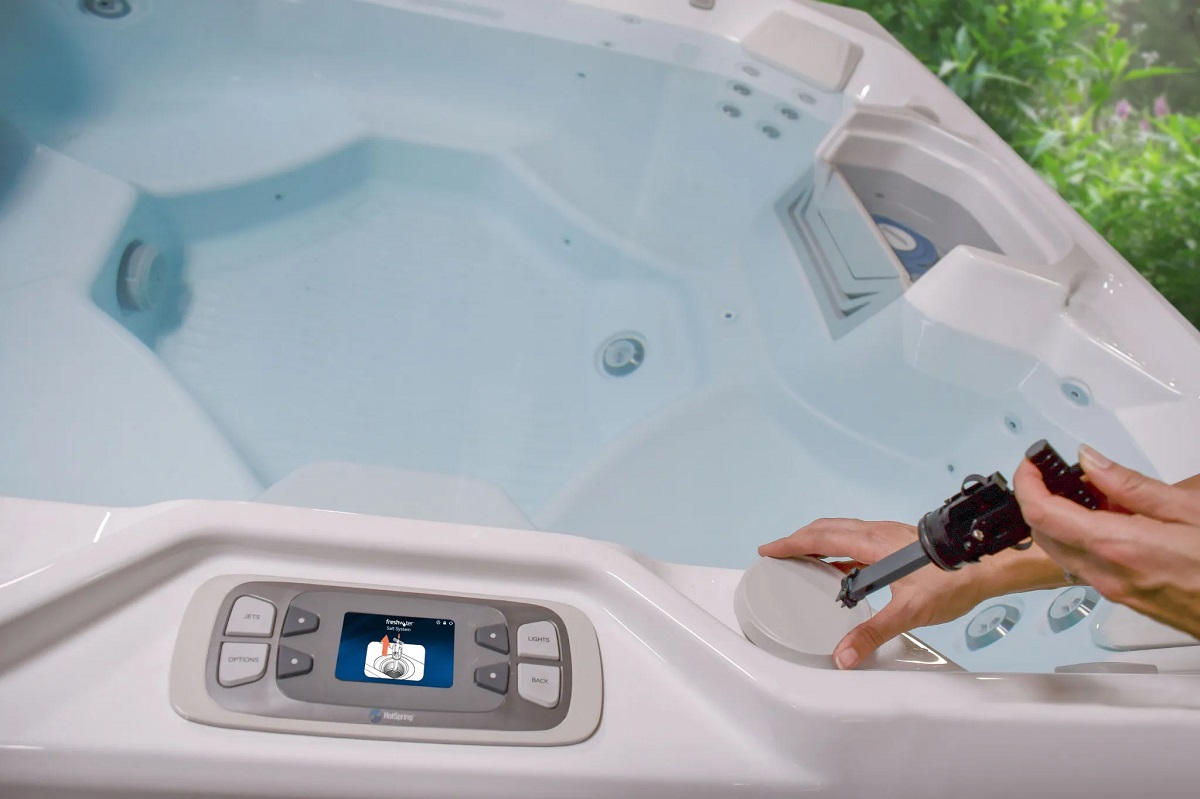
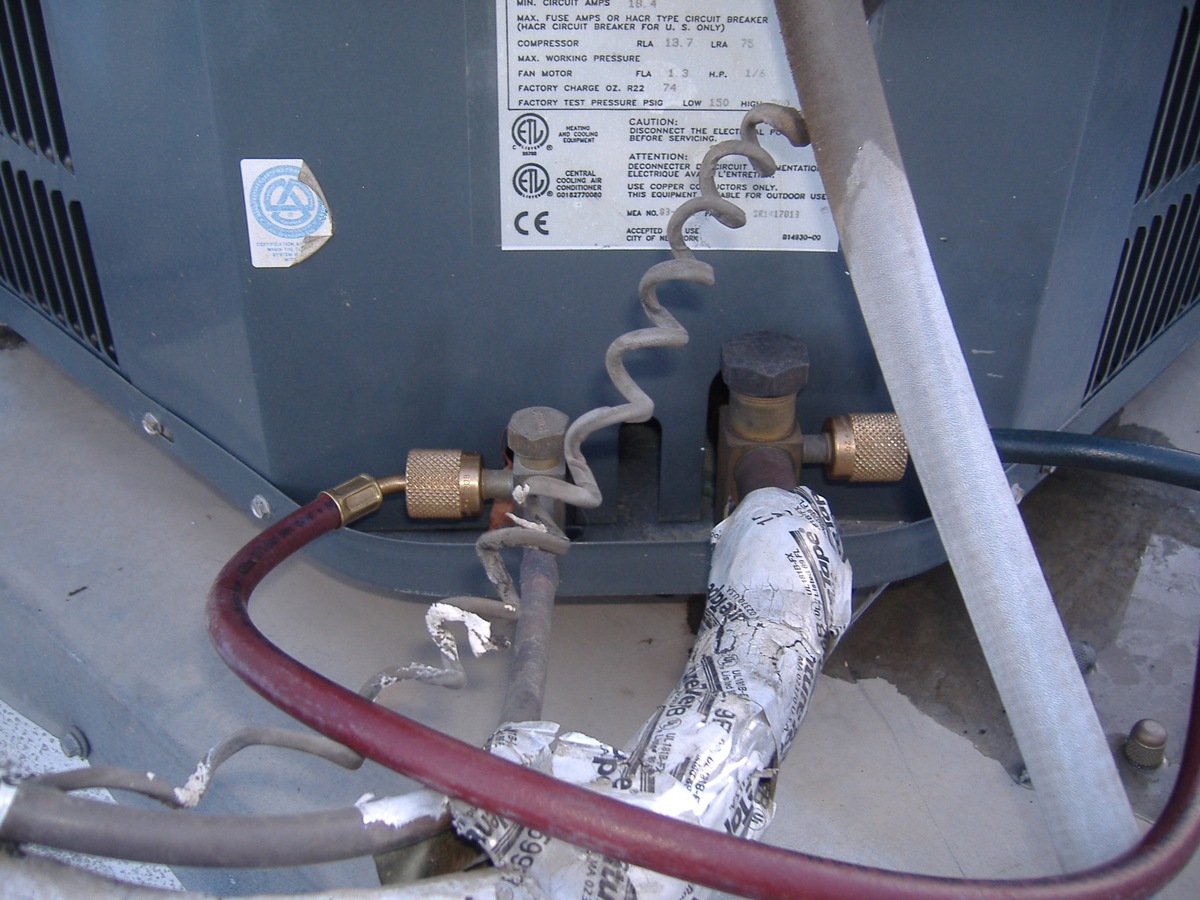
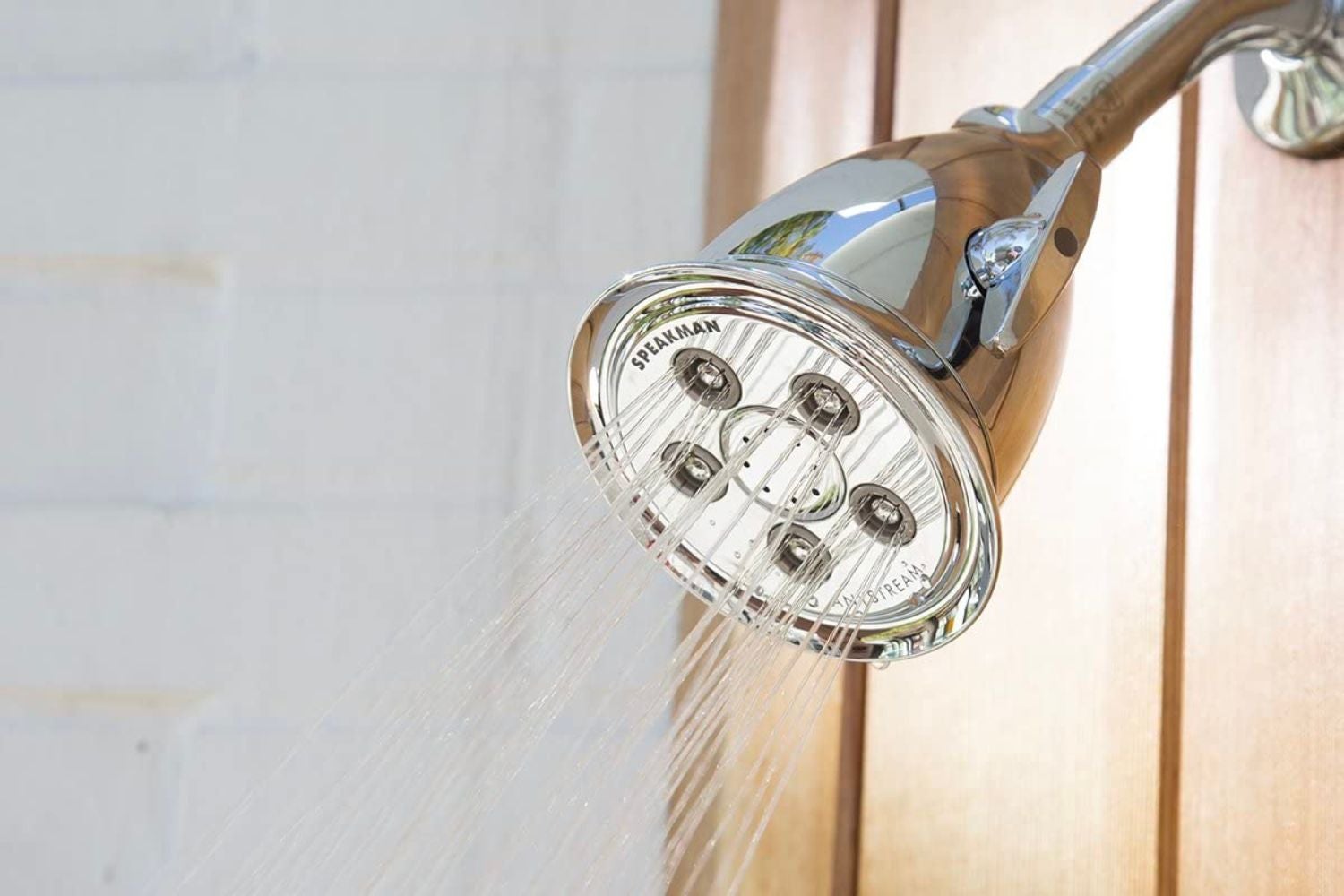
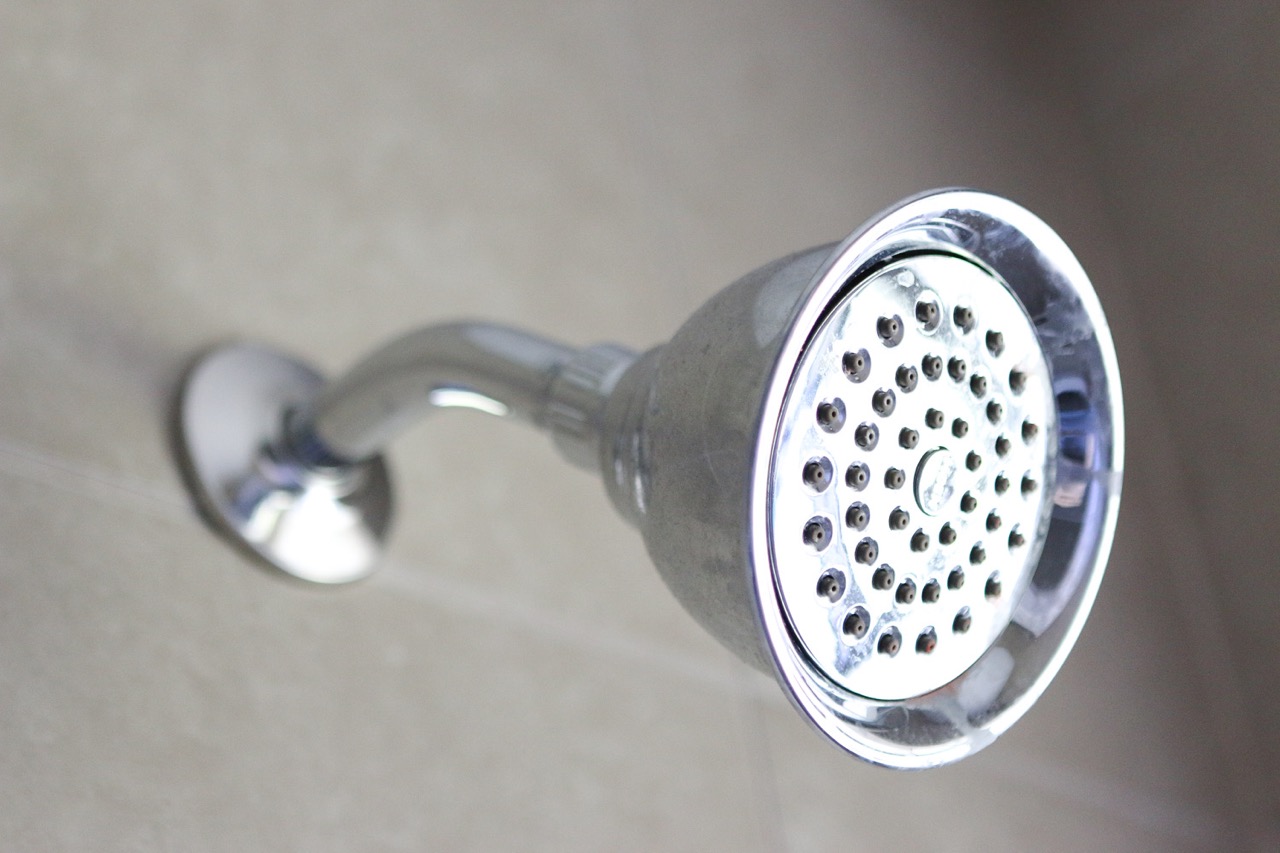
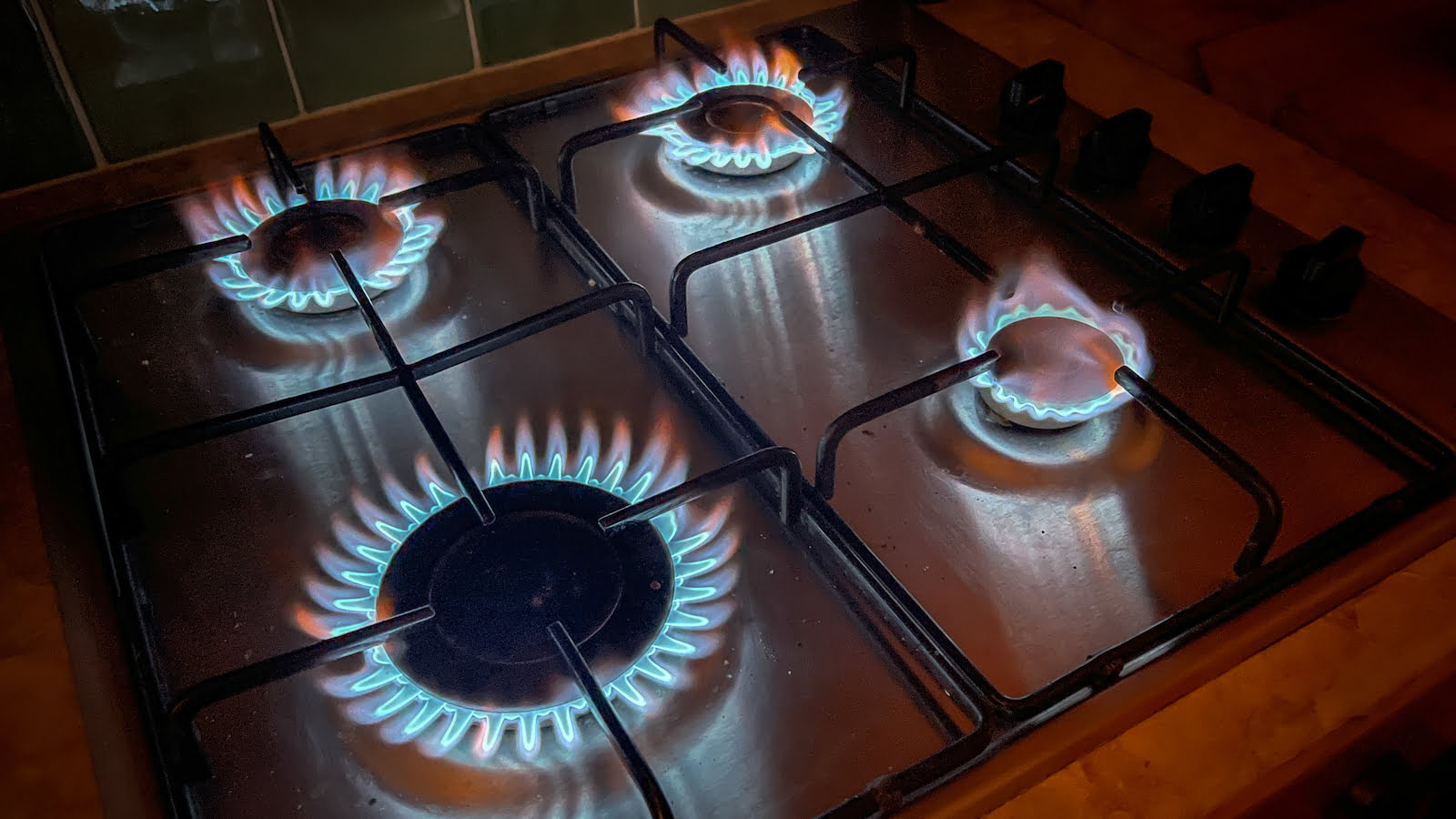

0 thoughts on “What Causes Low Side AC Pressure Too High”